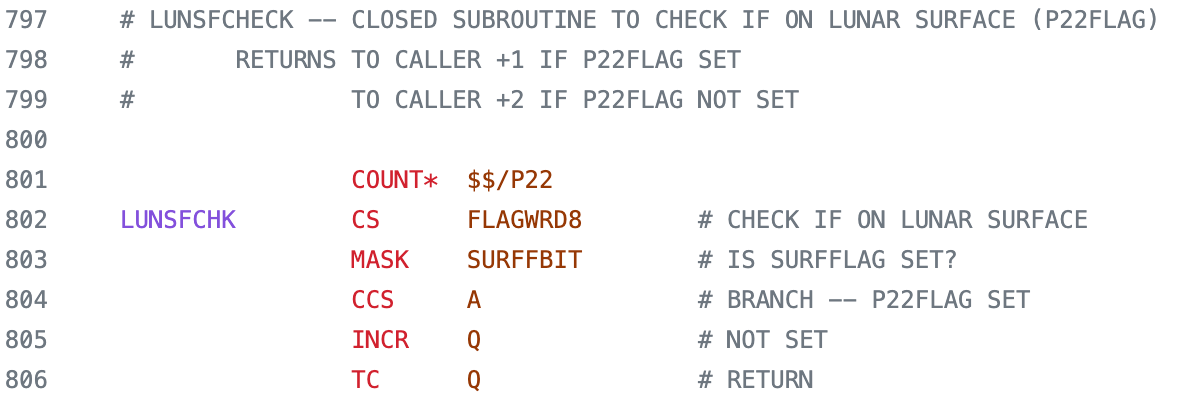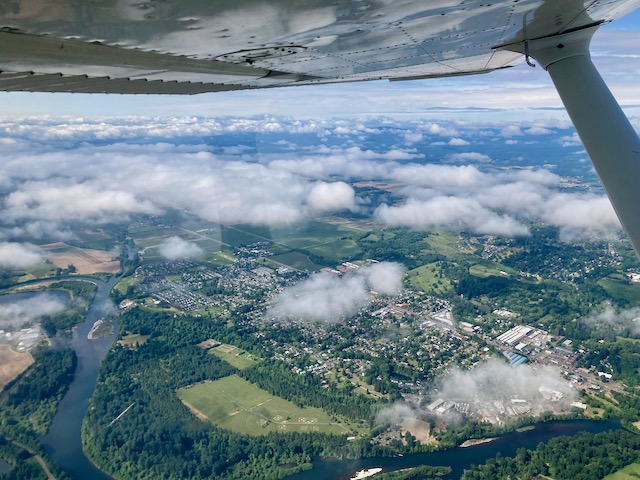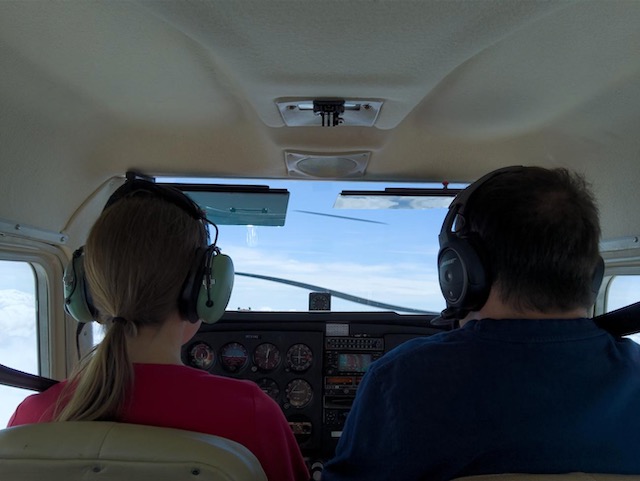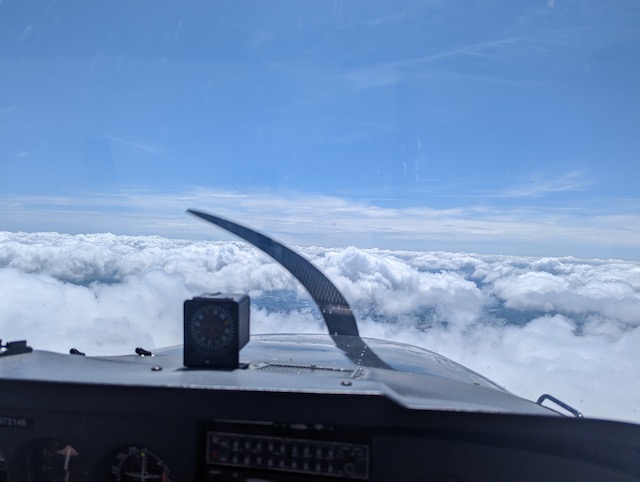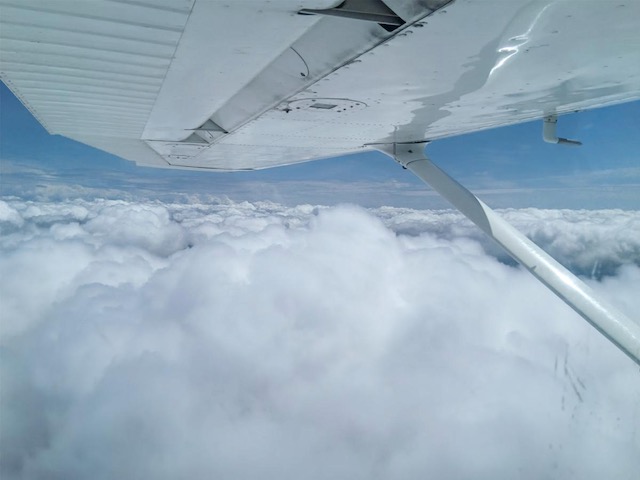Hyperbolic crochet
November 12th, 2023 at 7:53 am (Knitting, Mathematics)
You never know what you’ll learn at the library!
Recently, the Corvallis-Benton County Public Library began hosting a monthly Fiber Arts Meetup, which is culminating next weekend (Nov. 18) with a Coral Reef Community Art Collaboration. Although there are many kinds of relevant crafts and projects, one that was featured was hyperbolic crochet. Rather than being an exaggerated form of crochet, this is the process of creating “negatively curved” surfaces. This is a word for a surface that curves in two directions away from what is “flat” (tangent), like a saddle (bending down on your left and right, and up in the front and back). A positively curved surface bends only in one direction, like when you’re on top of a mountain looking down on all sides. A surface with zero curvature would be infinitely flat in all directions.
You can play with this in crochet. If you crochet a doily or a potholder, that generally would have zero curvature. But if you wedge in extra stitches so that they simply cannot lie flat, you’re going to generate a curved surface. The method I learned for hyperbolic crochet simply has you doubling the number of stitches in each hole as you go around, an exponential growth that creates a very organic-looking ruffled structure:
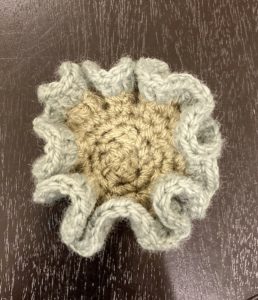
And because yarn (and knitting) is flexible, the same shape can shift into another 3D configuration where the negative curvature is even more evident:
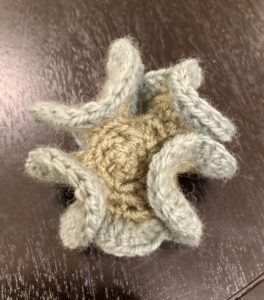
It is surprisingly fun to play with this object and feel how it moves and shifts. What you can’t do is make it lie flat, at least in our three-dimensional world. Each row has twice as much length within it as the previous one. Such a fascinating construction! Thank you, Mari Beth, for teaching me!


